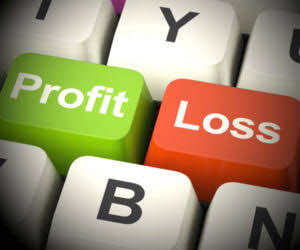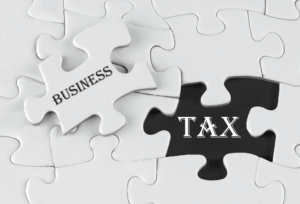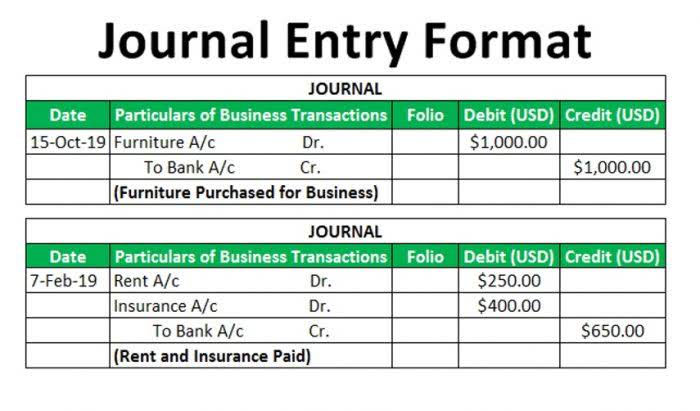
An incremental cost is the difference in total costs as the result of a change in some activity. Incremental costs are also referred to as the differential costs and they may be the relevant costs for certain short run decisions involving two alternatives. A notable example is the long-run incremental cost of lithium, nickel, cobalt, and graphite as important raw materials for creating electric vehicles. If the long-run estimated cost of raw materials rises, electric car prices will most likely rise in the future. The endeavour to calculate and precisely estimate such expenses aids a corporation in making future Certified Public Accountant investment decisions that can boost revenue while decreasing costs.

Relationship between marginal cost and average total cost
In this case, when the marginal cost of the (n+1)th unit is less than the average cost(n), the average cost (n+1) will get a smaller value than average cost(n). It goes the opposite way when the marginal cost of (n+1)th is higher than average cost(n). A firm can only produce so much but after the production of (n+1)th output reaches a minimum cost, the output produced after will only increase the average total cost (Nwokoye, Ebele & Ilechukwu, Nneamaka, 2018). On the short run, the firm has some costs that are fixed independently of the quantity of output (e.g. buildings, machinery).
- The “incremental” aspect of incremental cost of capital refers to how a company’s balance sheet is effected by issuing additional equity and debt.
- This shows the incremental cost of scaling monthly production volumes by 5,000 units is $20,000.
- The marginal cost intersects with the average total cost and the average variable cost at their lowest point.
- Other costs such as labor and materials vary with output, and thus show up in marginal cost.
- A variable cost is a specific material utilized in production because the price increases as you order more.
- They could include the price of crude oil, electricity, or any other key raw commodity, for example.
What are some potential pitfalls of using incremental cost in business decision-making?

It also takes into account sunk, or non-relevant costs, and excludes those from analysis. Also called marginal analysis, the relevant cost approach, or differential analysis, incremental analysis disregards any sunk cost (past cost). Companies can broadly use the incremental cost to analyze whether to produce the new product line in the house or to outsource it and whether to accept a one-off high volume order from the customer or business partner.

Incremental Costs
- Producing the products, however, might bring incremental costs because of the downsizing.
- Or, the incremental cost of shutting down a production line includes the costs to lay off employees, sell unnecessary equipment, and convert the facility to some other use.
- Incremental cost of capital is a capital budgeting term that refers to the average cost a company incurs to issue one additional unit of debt or equity.
- When a company’s incremental cost of capital rises, investors take it as a warning that a company has a riskier capital structure.
- For any business decision that involves changing volumes or adding products/services, incremental costs are vital for determining the financial impact.
- The separation of fixed and variable costs, as well as the assessment of raw material and labor costs, varies by organization.
It is often computed when a corporation creates enough output to cover fixed costs and has progressed past the breakeven threshold, where all future costs are variable. However, incremental cost refers to the extra cost incurred as a result of the decision to expand output. Incremental cost, also known as marginal cost, is a key concept in managerial accounting and financial analysis. It refers to the additional cost incurred when producing extra units of a product or service.

If a business is earning more incremental revenue (or marginal revenue) per product than the incremental cost of manufacturing or buying that product, then the business earns a profit. Incremental https://www.bookstime.com/ costs (or marginal costs) help determine the profit maximization point for an organization. If a business is earning more incremental revenue (or marginal revenue) per product than the incremental cost of manufacturing or buying that product, the business earns a profit. If a company responds to greater demand for its widgets by increasing production from 9,000 units to 10,000 units, it will incur additional costs to make the extra 1,000 widgets. If the total production cost for 9,000 widgets was $45,000, and the total cost after adding the additional 1,000 units increased to $50,000, the cost for the additional 1,000 units is $5,000. Thus, we see that factors taken into consideration in this concept are those that change with production volume.
- As a third example, the sale of a subsidiary includes the legal costs of the sale.
- So, you can then assess whether or not it makes business sense to expand operations.
- Incremental costs are relevant in making short-term decisions or choosing between two alternatives, such as whether to accept a special order.
- Thus, we see that factors taken into consideration in this concept are those that change with production volume.
Alternatively, once incremental costs exceed incremental revenue for a unit, the company takes a loss for each item produced. Therefore, knowing the incremental cost of additional units of production and comparing it to the selling price of these goods assists in meeting profit goals. Therefore, knowing the incremental cost of additional units of production and comparing it with the selling price of these incremental cost goods assists in meeting profit goals. As Figure 1 shows, the marginal cost is measured in dollars per unit, whereas total cost is in dollars, and the marginal cost is the slope of the total cost, the rate at which it increases with output. Marginal cost is different from average cost, which is the total cost divided by the number of units produced. Incremental cost of capital is a capital budgeting term that refers to the average cost a company incurs to issue one additional unit of debt or equity.






